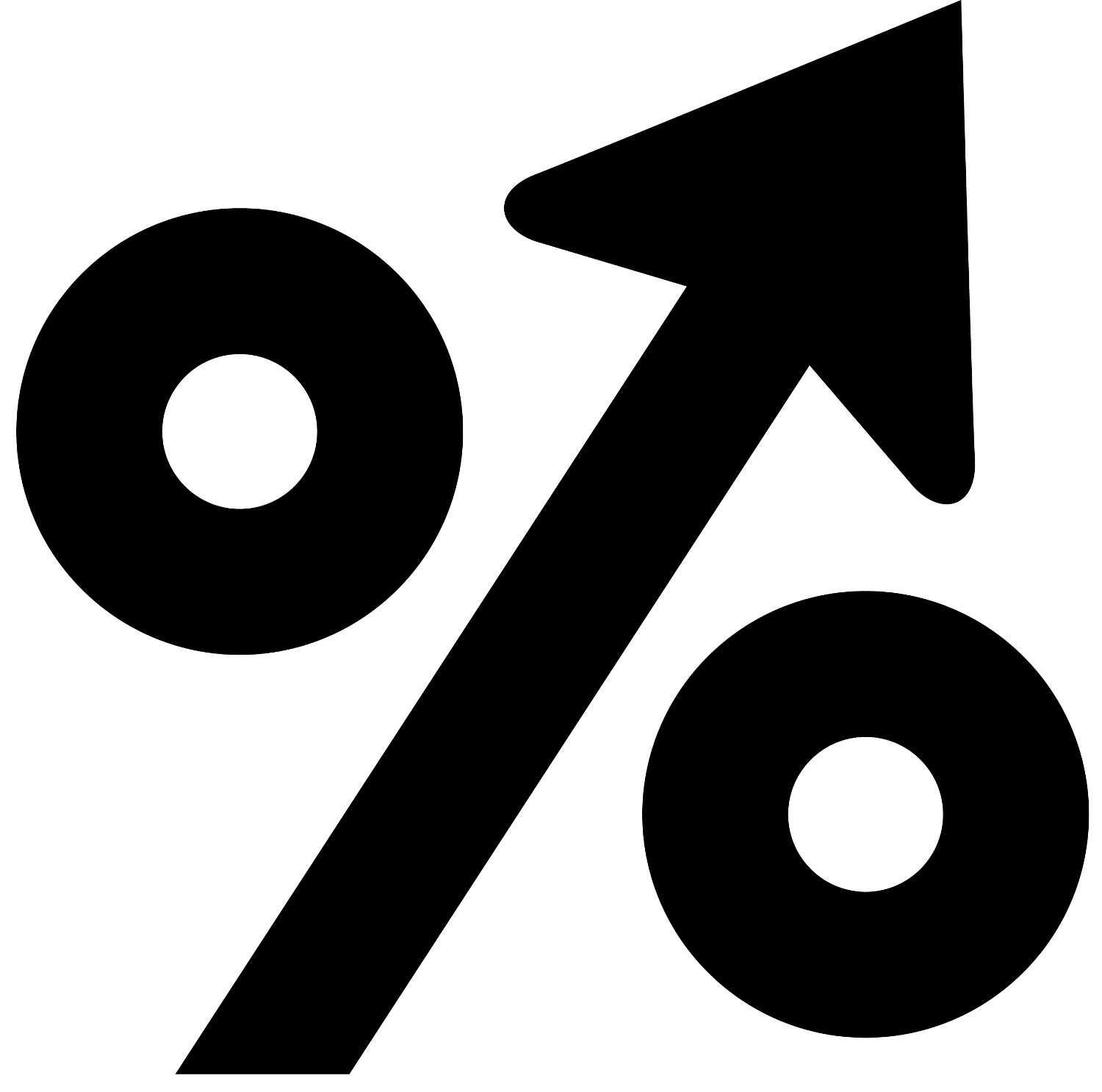

Find the percent change for this three month period, the percent change for the first quarter. So in other words, that's the first quarter of the year. The price of a stock increased 20% in January, dropped 50% in February and increased 40% in March. The price that the employee paid, was 22% less than the original price. And so, this means that what we having going on here is a 22% decrease. We're just gonna multiply those two multipliers. So a percent, a 30% increase that's a 1.3 multiplier. Use multipliers for percent increases and decreases. Instead, what do you do? Of course, we use multipliers. You never want to add or subtract percent increases and decreases. Whenever you have two or more percent changes in a row. That's why it's so important to recognize this, and understand not to make it. It's as if the test writers just set up a huge. Guaranteed, more than half, maybe even three quarters of the people who take the test, will fall into this trap. The common mistake, people are gonna say, well up to 30%, then down 40%, 30 minus 40 is negative 10%. The first thing I'll talk about here is the mistake. So, again pause the video, take a moment to work this out on your own. What percent below the original price, in other words, what percent below the price before the increase. After the increase, the employee purchased it with a 40% discount. At the beginning of the year, the price of an item increased 30%. 130, and 30% of 130 is bigger than 30% of 100, which is why the amount it goes down is larger than the amount it goes up, which is why the employee ends up paying a price less than $100. Well then the employee comes along with a 30% discount, but they're not getting a 30% discount on the price of 100, they're getting a 30% discount on a price of. Starts out at 100, a 30% increase means it goes up to 130. Now this might be anti-intuitive for some people. So, 100*1.3*.7 gives us 91, and that's the actual price that the employ. And so, we just multiply 100 by each one of those multipliers. Though a, a 30% increase, that's a multiplier of 1.3, a 30% decrease is a multiplier by, of. We answer this using a product of multipliers. They absolutely do not, you do not wind up back in the same place. People think, oh a 30% up, 30% down they cancel. The same percent up and then down, or down and then up, does not put you back in the same place. That is the most common mistake in this whole subject. More than half the people who take the test will guess that, and they will be wrong. The first thing I'll say is that the answer is not $100. What price did the employee pay? So pause the video right now, work on this on your own, and then restart. After the increase, an employee purchased it with a 30% decrease, a 30% discount. The beginning of the year, the price increased by 30%. An item initially cost a hundred dollars.

For example you might have a certain percent increase in a price and then an employee will buy it with a certain percent employee discount and so you have a percent up, a percent down, how do they combine? So, for example, here's a typical problem. Two or more percent changes follow in a sequence. They love to write problems where people make very predictable mistakes. There are a few common mistakes involving percent increases and decreases and the test loves to exploit these common oversights. So this is about when we have percent increase and decreases.


 0 kommentar(er)
0 kommentar(er)
